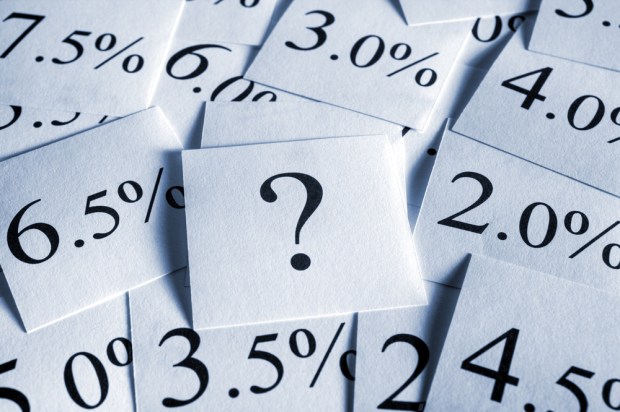Signs Of Inflation In The US

After a long period of low interest rates, the Fed might decide on an interest rate hike following indications of inflation, but no announcement is expected by the Fed at its policy meeting next week.
Fed officials will likely welcome signs of rising inflation, but they are not expected to raise interest rates at their meeting next week, according to Reuters.
According to the Labor Department, the Consumer Price Index (CPI) increased 0.2 percent last month after no change in July. The CPI increased 1.1 percent in the 12 months through August, after advancing 0.8 percent in the year through July, while core CPI, which excludes food and energy costs, increased by 0.3 percent last month. This marked the biggest increase since February after a gain of 0.1 percent in July.
Economists had forecasted that the CPI would move up by 0.1 percent last month, and the core CPI would move up by 0.2 percent. The core CPI increased 2.3 percent in the 12 months through August after rising 2.2 percent in the year through July.
The dollar rallied, while U.S. Treasuries prices were mixed. U.S. stocks traded lower, affected by decreasing oil prices and the U.S. Justice Department’s demand for $14 billion from Deutsche Bank concerning claims related to sales of mortgage-backed securities.
A disappointing economic report for August, weak retail sales and industrial production and slower job growth are expected to prevent the Fed from increasing interest rates at least until December.
A separate report showed consumer sentiment was steady in early September, which suggests that retail sales could rebound in the coming months.
The U.S. central bank is targeting 2 percent inflation, which has remained at 1.6 percent since March. On Monday, Fed Governor Lael Brainard stated that, before lifting interest rates, she wanted to see a significant increase in consumer spending and signs of rising inflation.
The Fed’s benchmark overnight interest rate increased for the first time in nearly a decade at the end of 2015, but it has not changed this year due to persistently low inflation. But many economists are expecting an increase in borrowing costs at the Fed’s December meeting.
Medical care costs rose by 1 percent last month, the largest increase since Feb. 1984, after a small jump of 0.5 percent in July. The cost of hospital services jumped 1.7 percent, the biggest gain since Oct. 2015, and prescription medicine prices soared 1.3 percent.
Economists cited expanding health care coverage under President Barack Obama’s s 2010 health care restructuring as a factor and referred to it as a “dark cloud” over the good news that record numbers of people are signing up for health insurance.
The increase in health care costs has economists forecasting the Fed’s preferred measure — the core personal consumption expenditures (PCE) price index — to increase by 0.2 percent in August after a 0.1 percent increase in both June and July.
The year-on-year gain would be 1.7 percent, which would be the biggest increase since February.
Owners’ equivalent rent of primary residence rose 0.3 percent in August, which is the same percentage increase every month since April. Motor vehicle insurance, apparel and tobacco prices all rose. Gasoline, however, fell by 0.9 percent last month, and food prices remained the same. But the cost of food consumed at home declined for a fourth straight month.
The cost of living went up as rent costs are higher.
